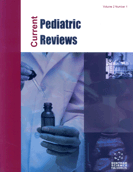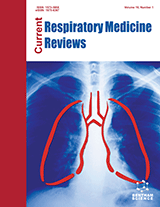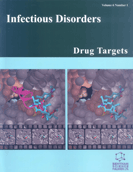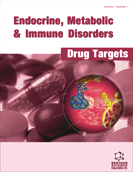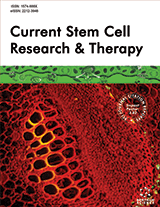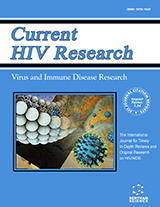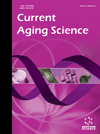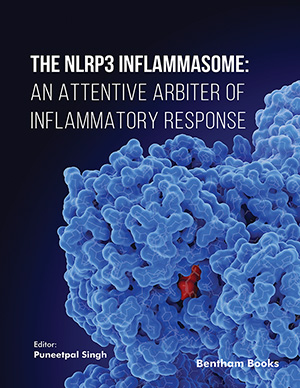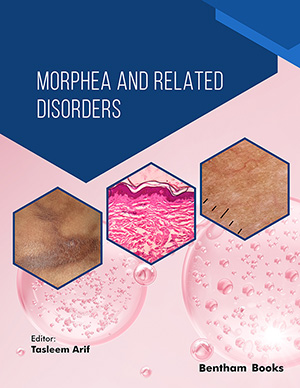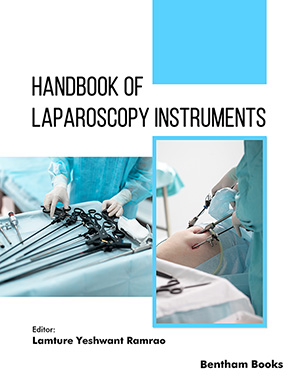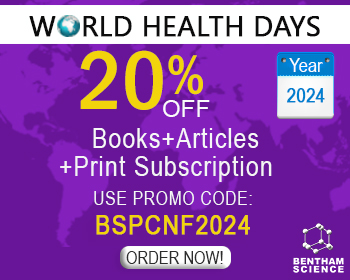Abstract
Deliberate inflicted trauma to children has irrefutably occurred for centuries but the notion of non-accidental injury (NAI) as a distinct clinical entity has only relatively recently been described. Awareness and understanding of this syndrome of abuse has increased greatly in recent decades, although many alternative names have been given to the condition and uncertainty remains as to what exactly comprises the syndrome.
What is not in question, however, is the role of imaging; the radiologist is often at the front line in terms of raising the spectre of NAI and in assessing the probability given the objective imaging features available.
Non-accidental head injury (NAHI) encompasses a broad spectrum of manifestations, ranging from trivial superficial injuries to potentially fatal severe brain trauma. In this review, we aim to introduce the epidemiological, historical and legal aspects of NAI. Focussing specifically on NAHI, current biomechanical theories and neuropathological aspects will be discussed. Finally, the patterns of injury and prognosticating features with respect to the various imaging modalities will be covered, with careful consideration given to differential diagnoses and syndrome mimics.
Keywords: Computed tomography, magnetic resonance imaging, non-accidental injury, non-accidental head injury, neuroimaging, subdural haemorrhage.


